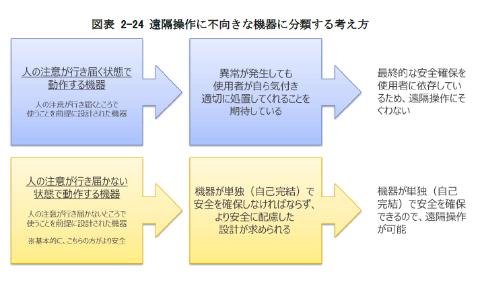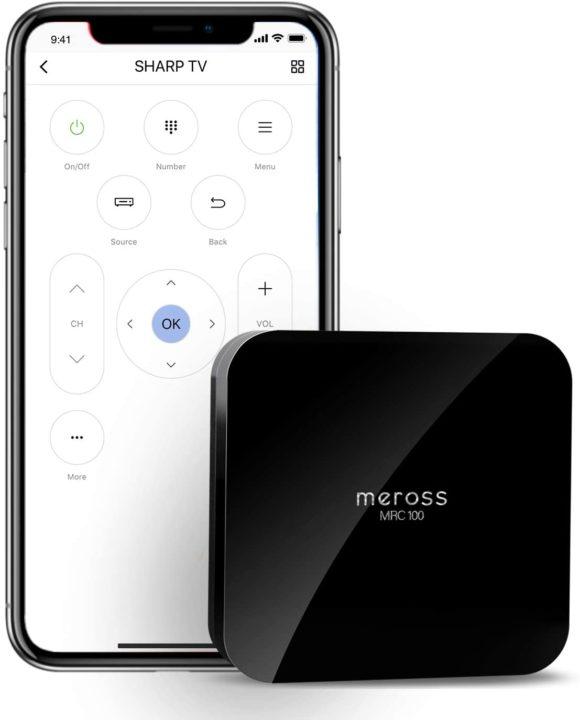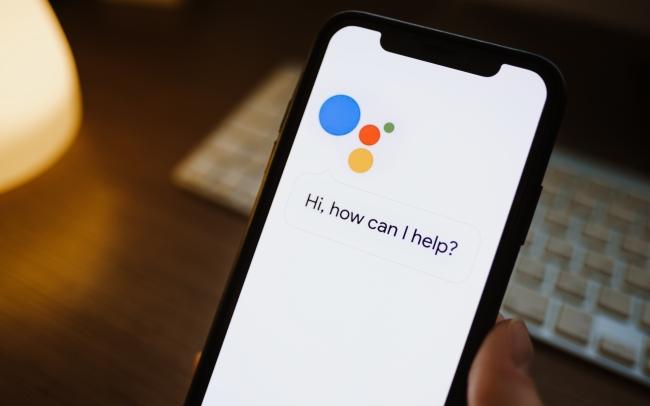Precautions for using smart plugs learned from mistakes and the current situation surrounding smart home appliances

In "Minna no Keitai" published on January 27, there was a serious mistake in how to use the smart plug introduced by the author, and many people pointed out. [See another image about this article] In the article, I introduced how to connect a kotatsu to the Alexa-compatible smart plug "Amazon Smart Plug" and turn it on and off remotely. However, this is an act prohibited by the Electrical Appliance and Material Safety Law because it may lead to an accident such as a fire. This is clearly stated in the "Important Information" and instructions included in the product packaging, including the Amazon product page. A warning has already been added to the article, but I would like to apologize for the concern that the incorrect information was transmitted due to the author's confirmation and lack of recognition. We also asked the manufacturer Amazon to interview us about the correct usage of smart plugs, and received a written response from Mr. Hiroshi Tachibana, General Manager of Echo / Smart Home Device Division, Amazon Device Division. ■ The answer from the Amazon staff is that the "Amazon Smart Plug" is compatible with Amazon Alexa, a voice assistant, and can be used to power on / off connected home appliances by voice from Alexa-equipped devices such as the Amazon Echo series. It can be said that it is easy to install with the Alexa application only for Amazon genuine, and there is no need to install a separate application. When asked about points to keep in mind when using the product, we received detailed answers as follows regarding how to check usable products and products whose connection or remote control is prohibited by the Electrical Appliance and Material Safety Law. With the Amazon Smart Plug, you can use Alexa to turn on / off the power of home appliances that have a physical switch. It does not support power operation of home appliances with electronic control switches (for example, home appliances that need to be turned on with a remote control after connecting to an outlet). To check if your home appliances are compatible, you can unplug the home appliances while they are on and then turn them on again when you plug them in. For safety, wait 10 seconds before reconnecting the outlet. Please note that the Electrical Appliance and Material Safety Law prohibits certain electrical appliances from being connected to this product and remotely controlled by voice or other means. For example, it cannot be used by connecting it to an electric stove, heater, kotatsu, electric heater such as electric blanket, electric heater such as electric stove, coffee maker, electric kettle, hair iron / curler, futon dryer, etc. The Electrical Appliance and Material Safety Law aims to prevent the occurrence of dangers and failures caused by electrical appliances by regulating the manufacture and sale of electrical appliances and promoting the activities of businesses to ensure the safety of electrical appliances. It's a stipulated law. ■ Electrical Appliance and Material Safety Law Among the many responses this time, there were quite a few voices saying, "I don't know what is OK and what is NG," not only for smart plugs but also for "connected" smart home appliances. The Electrical Appliance and Material Safety Law is a law for businesses, but even as a user, it should be worth knowing about the current state of smart home appliances. With that in mind, the Ministry of Economy, Trade and Industry published the "Guidelines for Ensuring Safety by IoT of Products such as Electrical and Gas Supplies" on April 28, 2021. This guideline states, "For the risks assumed when home appliances are used in the Internet environment, measures are taken to ensure safety even when not only erroneous operations but also communication interruptions and cyber attacks are included. It is a compilation that considers what is necessary to "take". The classification of "devices that allow remote control / devices that are not suitable for remote control" and their ideas are also summarized. ■ I asked a person in the Ministry of Economy, Trade and Industry According to Mr. Yoshihiro Kanzawa of the Product Safety Division, Commerce and Information Policy Bureau, Ministry of Economy, Trade and Industry, the guideline will take about three years from 2018, and a study group by outside experts will be held. This is a summary of the contents of repeated studies, such as setting up a working group by industry groups. For various products, it was discussed what kind of risk could be created by "connecting" and what kind of requirements are required to reduce the risk. For example, the way of thinking when classifying "devices unsuitable for remote control" is summarized as follows. "By touching the device with its own hands, the operator plays the function and role of the device", "Dangerous parts when moving, such as burns when touching the surface of the device and injury when touching moving parts "Exposed" and "The risk of danger is significantly increased by remote control" are not suitable for remote control, considering the installation location, intended use, usage time, impact on the surroundings of the device, etc. There is also a risk of harm to nearby people and their surroundings. "Devices that operate with the attention of people" are basically organized as devices that do not operate remotely. (Omitted) For example, in electrical appliances, irons, sewing machines, hair care equipment, most cooking equipment, etc. are included in "equipment unsuitable for remote control". Guidelines on how to ensure safety by using IoT for products such as electrical and gas products (summarized by the author) When something happens to "equipment that operates (made to work) with the attention of people" Since it is premised that people deal with it, the idea is that it is basically unsuitable for remote control. ■ Is the vacuum cleaner different from the robot vacuum cleaner? In addition to the guidelines, the "Research and Development Project for Formulating Technical Standards for Industrial Safety, etc. An example of product classification is also introduced. For example, a general vacuum cleaner is classified as a device that is not suitable for remote control because it is a device that operates in a state where people's attention is paid, but a robot vacuum cleaner is a device that operates in a state where people's attention is not paid. Therefore, it is classified as a device that allows remote control. Rather than just letting go, risk scenarios during remote control, such as a robot vacuum involving the cord of an electric stove, are also being considered. Considering the possibility of unintentional movement, prepare a main power switch and a switch that can disconnect communication, design preventive safety functions such as obstacle avoidance, and reduce the risk by calling attention in the manual etc. Etc. are also summarized. “While home appliances and gas products are connected and convenient, it is important to ensure the safety of consumers even in the event of a malfunction, communication interruption, cyber attack, etc. due to remote control. We would like people to not only make products with various risks in mind, but also to alert them, and we also want consumers to read the instructions carefully before using them. However, I do not want you to misunderstand that this guideline does not hinder the evolution of IoT. Products that are now classified as unsuitable for remote control are also evolving in technology and raising consumer awareness. I think that there is a possibility that it will change in the future. ”(Mr. Kanzawa) The guidelines and rules may change in the future due to innovations in the product itself and changes in usage scenes. However, for safety, the user must understand the advantages and disadvantages of "connecting" and use it correctly. I regret that I didn't read the manual properly.
Keitai Watch, Yuriko Ota
Last updated: Impress Watch



![[EV's simple question ③] What is good for KWH, which represents the performance of the battery?What is the difference from AH?-WEB motor magazine](https://website-google-hk.oss-cn-hongkong.aliyuncs.com/drawing/article_results_9/2022/3/9/b2506c4670f9f2cb45ffa076613c6b7d_0.jpeg)
![[How cool is the 10,000 yen range?] 1st: The performance of the "robot vacuum cleaner with water wiping function (19800 yen)" like Rumba is ...](https://website-google-hk.oss-cn-hongkong.aliyuncs.com/drawing/article_results_9/2022/3/25/5251bb14105c2bfd254c68a1386b7047_0.jpeg)

